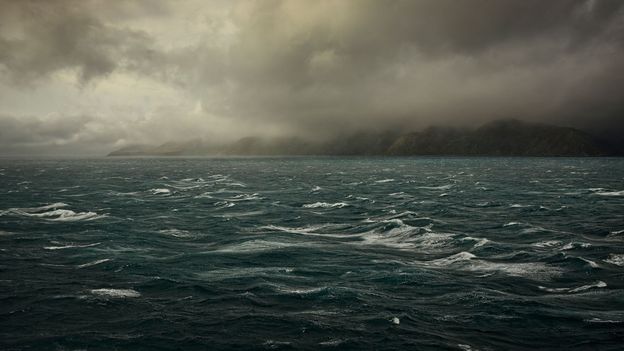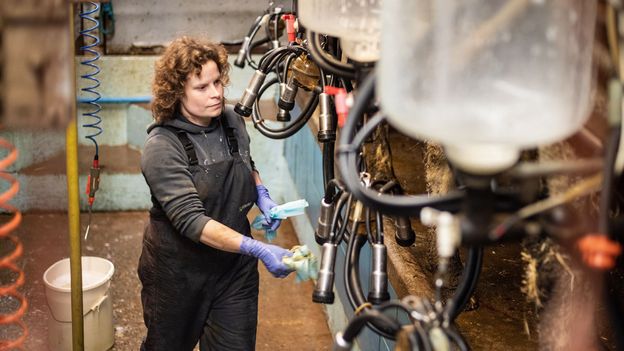In recognition of this, Gibraltar received Unesco world heritage status in 2016. Of particular interest are four large caves. Three of these caves have barely been explored. But one of them, Gorham’s cave, is a site of yearly excavations. “They weren’t just surviving,” the Gibraltar museum’s director of archaeology Clive Finlayson tells me of its inhabitants.
You might also like:
“It was in some way Neanderthal city,” he says. “This was the place with the highest concentration of Neanderthals anywhere in Europe.” It’s not known if this might amount to only dozens of people, or a few families, since genetic evidence also suggests that Neanderthals lived in “many small subpopulations”.
Their occupation in Gibraltar was first established in 1848, with the discovery of the first fully adult Neanderthal skull. Since then bones of seven other Neanderthal individuals have been found, as well as numerous artefacts they used in their daily lives, such as tools, animal remains and shells.
We can date each discovery based on where it was found. Inside Gorham’s cave there are many metres of sediment layers. Each layer depicts a different point in geological time. Fossil remains discovered in these layers suggest that Gibraltar’s Neanderthals occupied the cave on and off for more than 100,000 years.
Neanderthals may have clung on in the region until as recently as 24 to 33,000 years ago, according to the dating of one of the layers in Gorham’s cave. This puts this area as one of the last known places where Neanderthals lived.
They may have spread to the surrounding coastal areas too, but the water has risen considerably in the last 30,000 years. This means any other fossil evidence has long been submerged. “We are lucky that in Gibraltar because of its steep cliffs, the evidence has stayed in these caves,” says Clive.
Clive, along with his wife Geraldine and son Stewart, has been excavating these caves for many years. All three are scientists.
While the front part of the cave is relatively open, bathed in natural sunlight with a direct view of the ocean, the back is darker and splits off into several chambers. The caves remain cool in the summer and slightly warm in the colder months – a perfect place to rest tired eyes and stay safe from dangerous predators.











